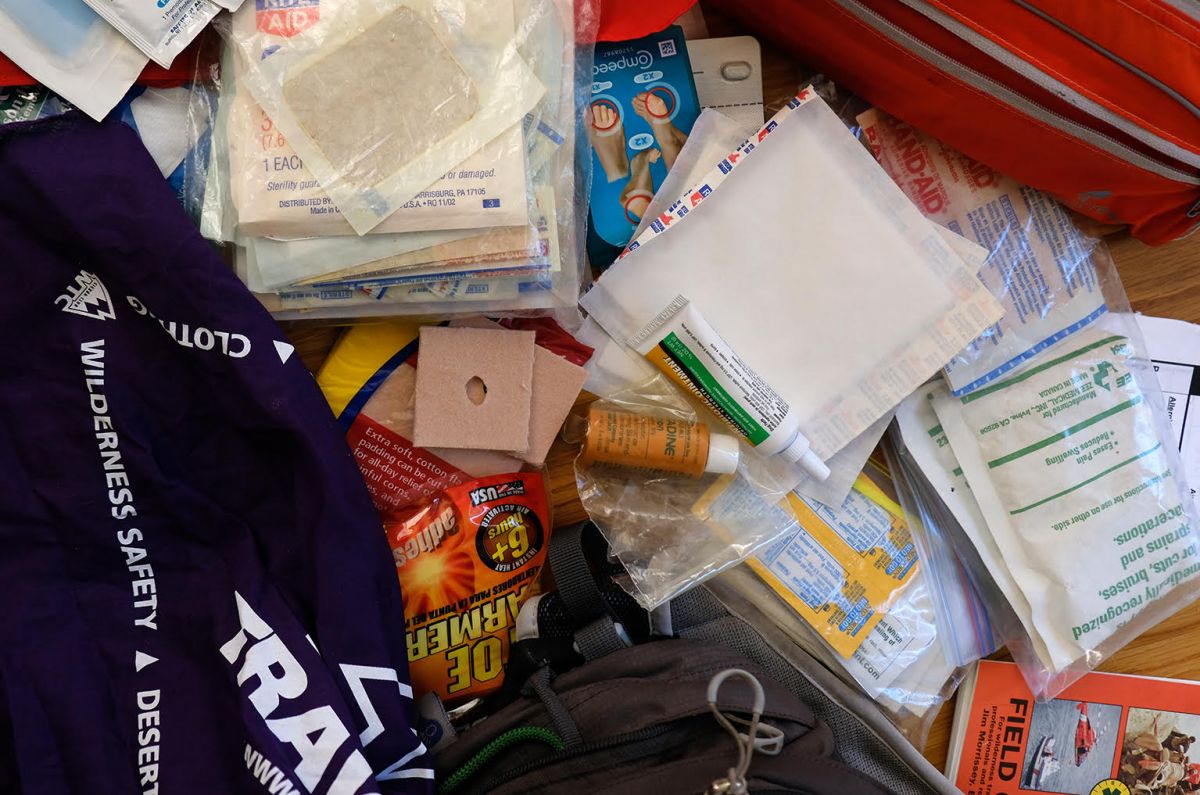 Have you looked inside your backpack lately? Maybe it’s time to dig out the orange rinds you forgot were in there and inventory the items you rely on to keep you safe on the trail.
Have you looked inside your backpack lately? Maybe it’s time to dig out the orange rinds you forgot were in there and inventory the items you rely on to keep you safe on the trail.
Each season, consider updating your kit and replenish items as needed. After a hike, note what you used and what you need for next outing.
When checking your headlamp, remove batteries between trips to avoid accidental discharge and leakage. Also, always have spare fresh batteries on hand.
Don’t leave old plastic bottles in your pack too long. You’ll regret drinking yucky water even if you get desperate. Same goes for extras such as bars; remember to replace them occasionally.
For those who use water bladders, drain and store then in your refrigerator or freezer to avoid bacteria growth. Avoid flavored powder or juices in your bladder; save those mixtures for a plastic bottle.
Keep your main 10 essentials in a handy pouch and check each item before your next trip. These are the “essentials” you should always have with you and cannot create in the outdoors.
Ten Essentials: The Classic List
1. Map
2. Compass
3. Sunglasses/sunscreen
4. Extra clothing
5. Headlamp/flashlight
6. First-aid supplies
7. Firestarter
8. Matches
9. Knife
10. Extra food
Ten Essential Systems
1. Navigation (map & compass)
2. Sun protection (sunglasses & sunscreen)
3. Insulation (extra clothing)
4. Illumination (headlamp/flashlight)
5. First-aid supplies
6. Fire (waterproof matches/lighter/candle)
7. Repair kit and tools
8. Nutrition (extra food)
9. Hydration (extra water)
10. Emergency shelter (tent/plastic tube tent/ garbage bag)
–Ten essentials lists are adapted from Mountaineering: Freedom of the Hills, published by Mountaineers Books.
Will McWhinney is a leader and instructor for the Wilderness Training Course and an activist with the Angeles Chapter’s Central Group.